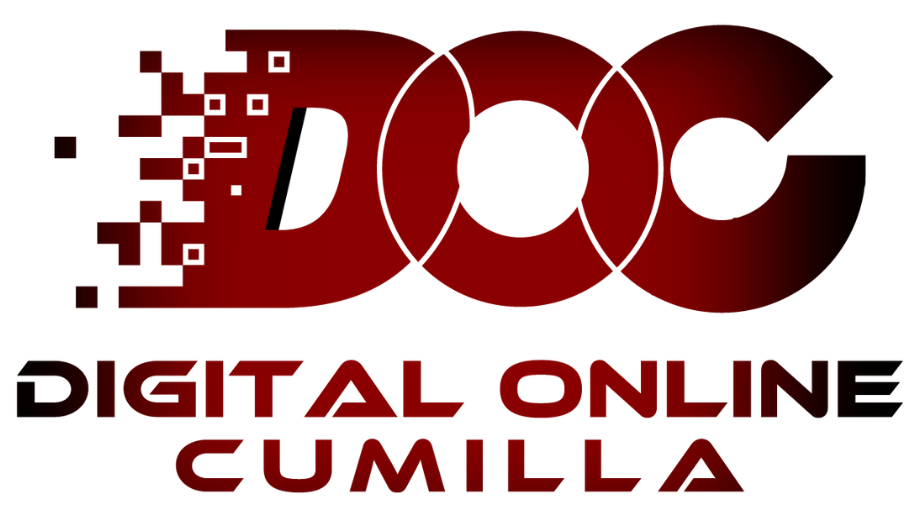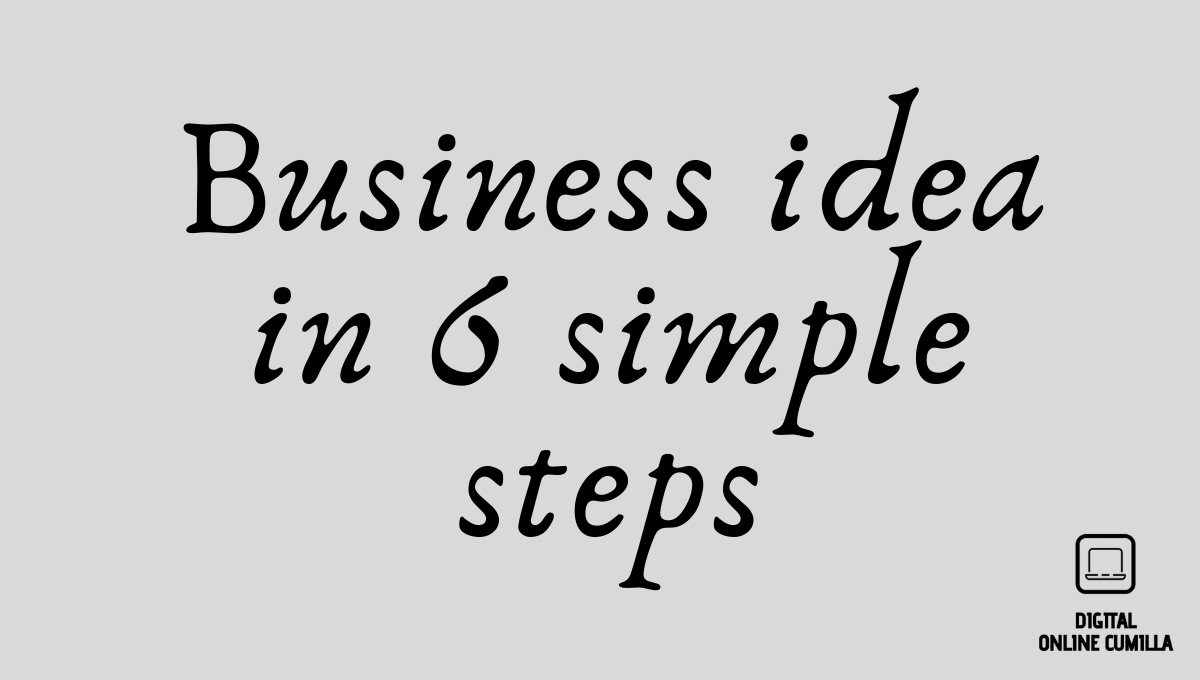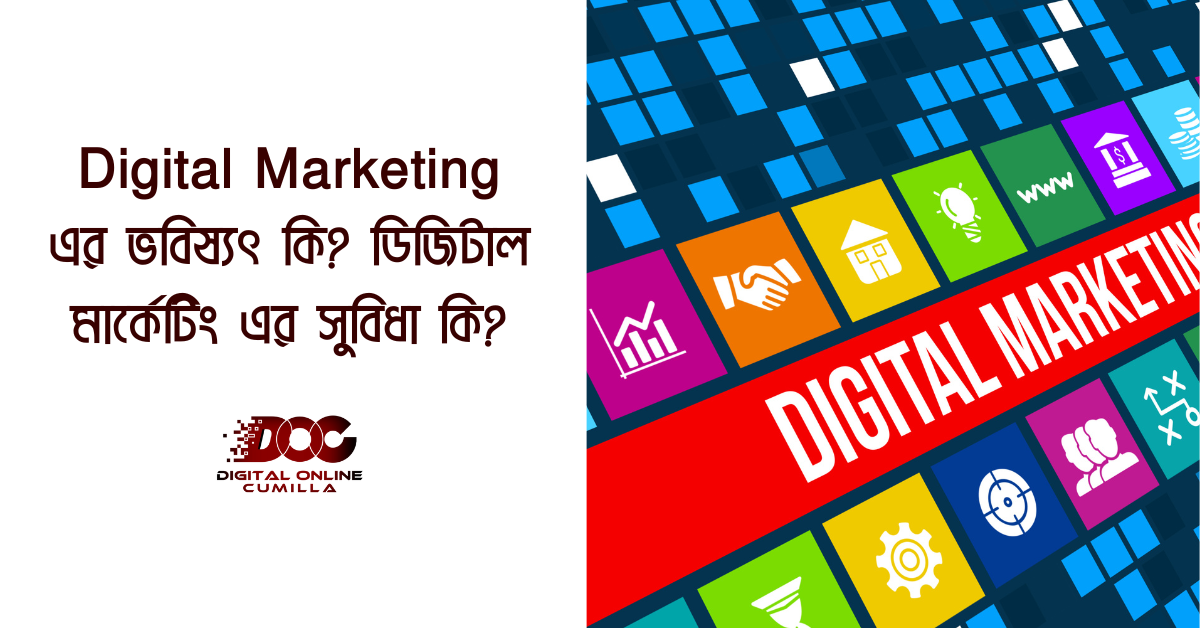However, data analysis is not only used to facilitate the work of segmentation. Among its advantages we can find: … It facilitates decision-making, since analyzing the data allows you to recognize which opportunities are the most appropriate in which to invest resources and in which to stop investing. All that analysis will help you to get the perfect business idea.
6 simple steps for a business idea
Step 1: Concept development
The first question you have to ask yourself when you want to start a business is: What will your client gain from you? What can you offer him that another company cannot? We live in a society in which there is a great variety of products and services, so you have to bear in mind that you are one more than you are going to work in that sea of competitors and that your client has many options to carry out their acts of purchase and investment. You have to think about what is the key factor that moves your client towards one option or another. And you have to see what you can offer differently, what added value you can contribute so that your client can bet on you
There is no limited or scarce supply. There is a great variety off (the traditional sales supports) and online.
Step 2: Market research
You have to do a market study very focused on reality. When they rely on surveys that justify the reasons for purchase, they can find very favorable responses or very misleading responses, which then really do not materialize. The best thing is that the entrepreneur tries to manage a sales process. In this way, you can see first-hand what are the factors that motivate your customers towards the sale, what problems they put, what the entry barriers may be so that in the end that purchase process is not fruitful. The important thing in a company, in addition to managing it well, keeping financial control, and having good human resources management, is to get to the sale, billing, and collection. See, effectively, in what circumstances would you hire or buy the product or service that you are selling. How to do it? It depends on your sector.
You have to demystify the feeling that the good idea is enough for someone to buy you. Your customer is going to buy from you just because it’s a good idea. It is the profile of many technology entrepreneurs, in love with their idea: they have discovered something that is fabulous for them, but they have not stopped to think that there may be substitute products or services on the market that can supplement or complement it. Depending on your business idea, you will have to move in the markets in which your client is already buying: if you are technological, you may have to go to fairs, if it is something more traditional, you will have to consider a local business, centrality … get closer to your client.
Where to start? Click here to learn the basics of market research.
Step 3: Market Strategy
It is essential to analyze who your customer is, what your customer buys, how much your customer buys, when your customer buys, where your customer buys, and to see if the idea is sustainable. And sometimes it is also important to look up because we tend to focus a lot on the closest, smallest market: we focus on small initiatives, small companies, with a small number of workers and targeting very close markets. And it is by thinking about more global markets that you can find more business opportunities. The key is to think big, but work small. Think broader markets and then grow by cooperating with other companies.
Step 4: What experience do I have to face the project
Previous professional experience is always an added value that makes the business idea become a company more quickly. It is an accelerator of the start-up of the project. Sometimes it is a very positive factor, sometimes it also generates a perversion in terms of the knowledge that you have been acquiring, a traditional way of doing, which sometimes slows you down your ability to innovate, but always professional experience in the sector or sectors Complementary offers you a different point of view. It also provides a network of contacts, a greater marketing capacity, which is a key element, because, in the end, the entrepreneur, apart from being a good manager and a good technician, has to be a good salesperson. And in this work, the professional background that you have been able to have is essential. Those static positions in which you took refuge behind a computer to make a report, and you did not do commercial work, no longer occur in almost any economic activity. Today any law firm is concerned with weaving its network of contacts and maintaining them.
Technical knowledge is important, but ideas are not that important. Professional profiles are more important. A good idea that doesn’t work today may make sense tomorrow, and an idea that makes sense if it’s not well executed may not work. The best entrepreneurs are always those who are aware that their ideas are going to evolve, that they have to evolve according to the market trend. An idea is a key element to start, but, at the same time, it becomes bondage if you are not able to adapt it to the times.
Step 5: Financial analysis
To determine the economic-financial viability of a project, we must determine several basic questions:
Calculate the funds necessary to start the business, the contributions of own capital and third parties, and develop the treasury forecast
Calculate the expected benefits using the income statement.
Know at all times how the company is in economic-financial terms, through the balance sheet.
A project will be viable when:
The investment budget (volume of funds needed, money, to start a business) is covered by the financing budget (economic funds that finance investments each year) (I in AF + AC = F)
Obtain a sufficient profit (Income – Expenses for the year (Bº> 0)) (Return on capital adequate to the investor’s expectation)
Have liquidity (the ability of a company to meet its immediate payment commitments). Positive expected liquidity every year and every month of the first year. We analyze this through the Treasury budget (initial balance + collections-payments = final balance)
We live in a situation of restriction and high risk. In some way, financial institutions are much more scrupulous in analyzing projects. They remain unaware of R&D projects and seek that the promoter or his immediate environment have guarantees that support the operation. There are venture capital and investor networks that you can contact, but with a solid and well-worked project.
Treasury management is a fundamental element. It is the one that allows you to analyze all the cash flows. Sometimes there are ideas that take time to mature in the market, especially those ideas that require a strong investment in R&D that take time to bear fruit (from three to five years, so the cash pull is very important). You must have the ability to offer the financial institution guarantees of the billing that your business will be able to generate.
The technical aspects are all valuable, but demonstrating what billing I will be able to handle and what cost control I will be able to implement to make it work are really the two fundamental elements that you have to demonstrate to a financial institution. And perhaps consider the entry of financial partners. If you are accompanied by more partners, with financial capacity, they will encourage a financial institution.
And if the entrepreneur does not have money …
There are companies that have been born with very weak foundations, which have later been able to size their project. If you can only contribute your talent, your creativity, your idea, what you have to look for is people who trust you and invest in you, and look for complementarities.
It is often pulled from the family. You not only drag your personal assets but also your family. You have to look for viability and test the idea well before making investments that involve great responsibility. If you have a good idea and you don’t have money, you have to look for them. And they will always ask you for a counterpart (not having 100% of the project management …).
Step 6: Ready to start building
Expect payments to be delayed. Expect poor sales. He anticipates that August sales are not going to be like July. He anticipates that you may have to fire an employee and that it is cheaper to do it right now than in January of next year. He anticipates that the Christmas campaign will not work. This is the basic theory that you have to handle.
Finds the breakeven point, the level of sales that provides zero profit; it is reached at the point where total revenue and total costs (fixed costs plus variable costs) are equal; at that point, there are neither profits nor losses; From this point on, the increase in sales generates a profit, while below that point, the company will be in losses.
If the result is manageable, you have a viable idea in hand.
Related Article: 4 Steps Social Media Marketing Strategy For E-Commerce





